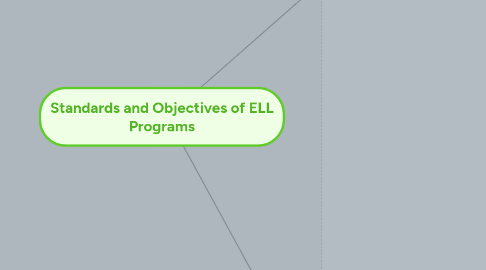
1. Shanghai High School International Division has adopted specific standards from the CCSS. In the secondary school, we have adapted these standards to create an educational curriculum that will put students on track to keep up with, and hopefully surpass, the results of students of a similar age and level in the USA. The main objective is to prepare students for high school education and an eventual jump to universities in the USA. Some examples of the standards that have been adopted are included below.
1.1. Writing Standard 1
1.1.1. Strategies for meeting standard: Introduction of the writing process, thesis statement writing activities, and reading exercises aimed at identifying author's points of view and purpose.
1.1.2. Write arguments to support claims with clear reasons and relevant evidence.
1.2. Writing Standard 2
1.2.1. Produce clear and coherent writing in which the development, organization, and style are appropriate to task, purpose, and audience.
1.2.2. Strategies for meeting standard: Teaching persuasive writing techniques. Introducing different styles of writing like satire and fable. Identifying purpose and audience through works like Animal Farm.
1.3. Writing Standard 3
1.3.1. Write narratives to develop real or imagined experiences or events using effective technique, relevant descriptive details, and well-structured event sequences.
1.3.2. Strategies for meeting standard: Writing continuations of chapters, alternate endings, and adding characters to novels. Teaching plot arcs to develop understanding of plot development, rising action, climax, and falling action.
1.4. Reading Standard 1
1.4.1. Cite several pieces of textual evidence to support analysis of what the text says explicitly as well as inference drawn from the text.
1.4.2. Strategies for meeting standard: Classroom and homework reading comprehension assignments. Teaching how to infer from context. The game Clue is a great resource for this.
1.5. Reading Standard 2
1.5.1. Determine the meaning of words and phrases as they are used in a text, including figurative and connotative meanings; analyze the impact of rhymes and other repetitions of sounds (e.g. alliteration) on a specific verse or stanza of a poem or section of a story or drama
1.5.2. Strategies for meeting standard: Weekly classes on slang and idioms and their connotations. Teaching literary devices like alliteration, onomatopoeia (and how to spell it), and simile and metaphor. Teaching rhyme and rhythm through reading, in-class presentations, and listening to famous poem recitations.
1.6. Speaking and Listening Standard 1
1.6.1. Include multimedia components and visual displays in presentations to clarify claims and findings and emphasize salient points.
1.6.2. Strategies for meeting standard: Group work to create things like short movies, presentations, and interviews to convey information. Teaching technology and how to use programs like PPT, video programs, and others.
1.7. Speaking and Listening Standard 2
1.7.1. Adapt speech to a variety of context and tasks, demonstrating command of formal English when indicated or appropriate.
1.7.2. Strategies for meeting standard: Introduction of formal presentation vocabulary. Watch and listen to speeches from different contexts. E.g. Martin Luther King Jr., Adolf Hitler, Winston Churchill, and Steve Jobs.
1.8. Language Standard 1
1.8.1. Demonstrate command of the conventions of standard English grammar and usage when writing or speaking
1.8.2. Strategies for meeting standard: Checking for student mastery on language and vocabulary specific to things like debate, mock trial, and general presentations. Include evaluations for proper grammar use in above proposed activities in subject rubrics.
